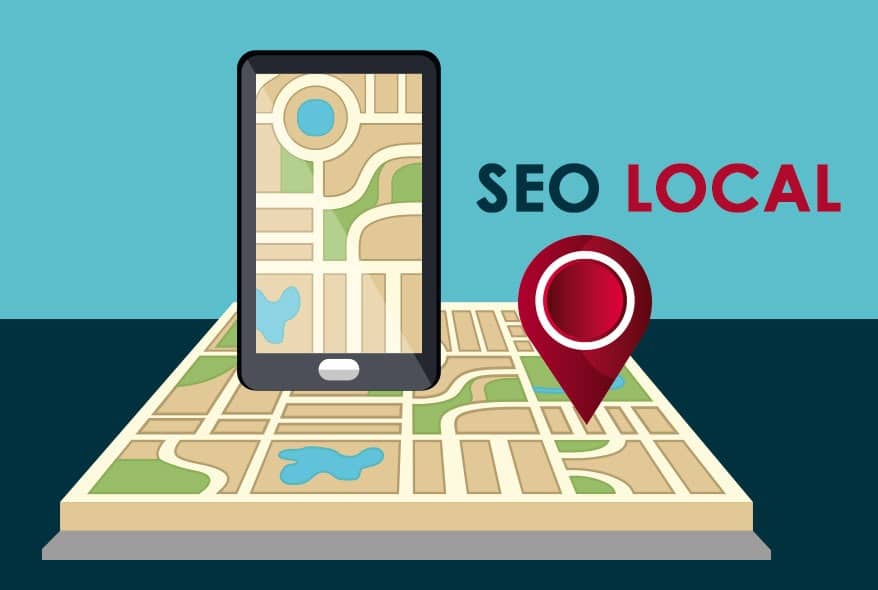How Efficient Web Layout Can Boost Your SEO Technique and Improve User Experience
The crossway of efficient web design and search engine optimization is an essential location for any kind of organization seeking to boost its online presence. An user-friendly style not only elevates individual experience however additionally significantly affects Search engine optimization performance by lowering bounce prices and boosting involvement metrics.
Significance of Website Design for Search Engine Optimization
Reliable web design is frequently underestimated in its influence on seo (SEO) A well-structured site not just improves customer experience however likewise plays a vital duty in exactly how internet search engine place web pages. Online search engine like Google prefer sites that show clear navigation, quickly loading times, and mobile responsiveness. These factors add to lower bounce prices and higher user engagement, which are crucial metrics for SEO success.
Additionally, web layout components such as clean code, enhanced pictures, and correct use of HTML tags substantially influence a site's crawlability. Internet search engine rely on organized data to understand internet site content and context, making it vital for internet developers to carry out ideal techniques. Furthermore, the combination of search engine optimization methods within the design stage, such as including search phrases in titles, meta descriptions, and alt message for pictures, can boost exposure in search results page.
Ultimately, focusing on efficient web layout not only makes sure a seamless customer experience however additionally develops a strong foundation for SEO initiatives, causing increased natural traffic and enhanced rankings. Hence, services must identify the innate link in between web layout and search engine optimization to achieve on-line success.
Key Design Components for User Experience
Individual experience (UX) functions as a foundation for successful web style, influencing exactly how site visitors engage with a site and view its value. To optimize UX, a number of key design aspects need to be focused on.
First of all, intuitive navigation is necessary; a well-structured menu and clear paths allow users to find information quickly, lowering irritation. Aesthetic hierarchy plays an essential function, guiding individuals' attention to crucial aspects via size, color, and positioning. This promotes quicker decision-making and boosts general involvement.
In addition, a constant style style boosts familiarity and count on, as users feel much more comfy browsing a website that visually lines up throughout its web pages. Effective use white area additionally can not be ignored; it stops clutter, enabling vital material to stand apart and making the site a lot more digestible.
Furthermore, premium pictures and graphics are important, as they not just capture focus but also communicate professionalism and reliability. Lastly, rapid tons times are non-negotiable; hold-ups can cause higher bounce rates and diminished user fulfillment. By concentrating on these key design aspects, companies can significantly boost their individual experience, cultivating favorable communications that motivate return check outs and conversions.
Mobile Responsiveness and SEO Impact
As web style increasingly focuses on customer experience, the importance of mobile responsiveness can not be overstated. With a significant portion of web traffic stemming from mobile phones, a receptive style makes sure that web sites are practical and easily accessible throughout various screen dimensions. This flexibility not only enhances user complete satisfaction however likewise plays a vital duty in seo (SEO)

Incorporating mobile responsiveness into website design likewise cultivates better filling times, which is an essential consider both customer experience and SEO positions. Slow-loading web pages prevent customers, leading to greater abandonment rates and adversely impacting search exposure. Eventually, focusing on mobile responsiveness not just improves user interaction yet likewise enhances a website's SEO approach, developing a more affordable on the internet presence.
Site Structure and Navigating Best Practices
A well-organized site structure and instinctive navigation are important parts of successful website design. They not just enhance individual experience but likewise play a critical function in search engine optimization (SEARCH ENGINE OPTIMIZATION) A clear power structure permits customers and search engines to comprehend the connections in between different pages, enhancing the total usability of the site.
Use keyword-rich and detailed URLs, as they offer context and enhance search exposure. This decreases bounce prices and maintains customers involved.

Gauging the Success of Internet Design
Gauging the success of internet layout involves reviewing numerous metrics that show user interaction and general website efficiency. Key efficiency indicators (KPIs) such as bounce price, average session period, and pages per session offer understanding into exactly how customers communicate with the site. A high bounce price may show that individuals are not finding the material interesting or pertinent, prompting a demand for design or web content alterations.
Furthermore, conversion prices are essential for assessing the efficiency of website design. An increase in conversions, whether through type submissions, product acquisitions, or e-newsletter sign-ups, typically correlates with intuitive design and user-centered capabilities. Devices like Google Analytics can give in-depth reports on these metrics, enabling designers to recognize fads Learn More Here and locations for improvement.
User responses is an additional essential element. Utilizing surveys and usability screening can unveil qualitative understandings right into user experiences, leading design adjustments that cultivate contentment. Inevitably, a mix of quantitative data and qualitative comments develops a thorough image of web style success, ensuring that it aligns with both SEO goals and individual assumptions. By consistently measuring these factors, companies can improve their web design techniques to maximize user experience and drive purposeful interaction.
Final Thought

As internet layout significantly focuses on customer experience, the importance of mobile responsiveness can not be overemphasized.Integrating mobile responsiveness right into internet style likewise promotes better loading times, which is an essential aspect in both user experience and Search engine optimization positions. Eventually, a mix of measurable data and qualitative responses develops a detailed photo of internet layout success, ensuring that it aligns with both Search engine optimization goals and user expectations. By constantly determining these elements, organizations can improve their internet design methods to maximize user experience and drive meaningful engagement.
In conclusion, reliable web design substantially improves our website SEO strategies and individual experience.